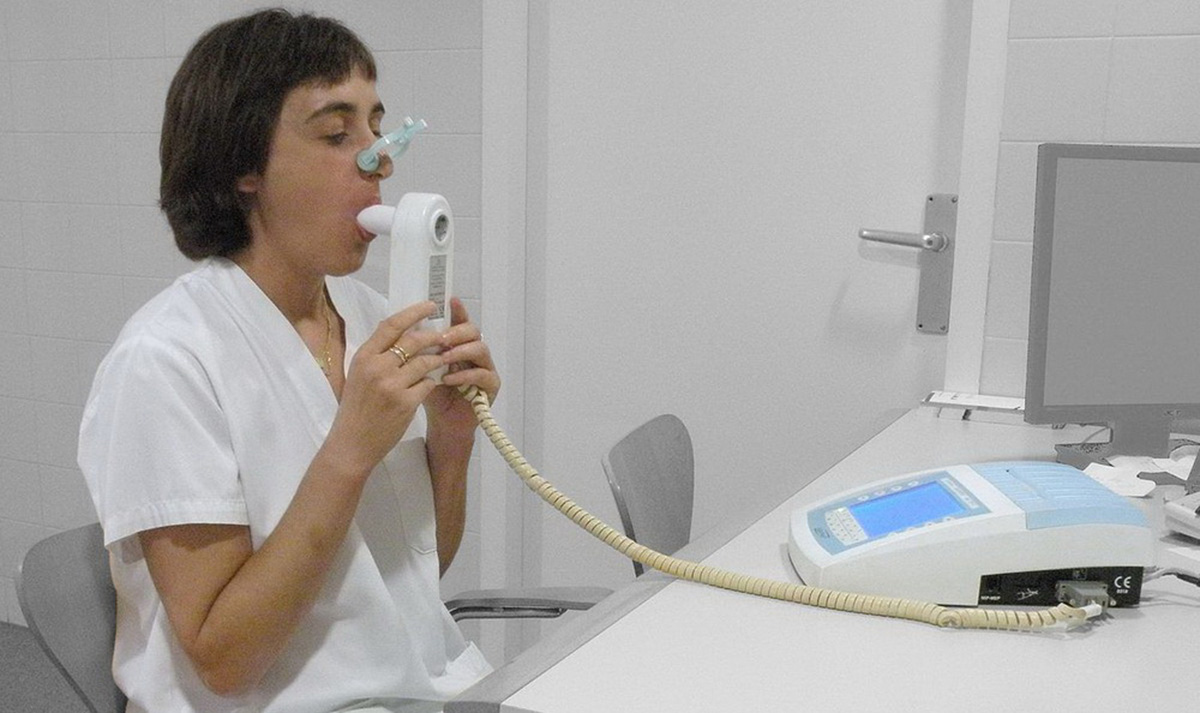COPD is a chronic lung disorder, which can cause shortness of breath, increased mucus, coughing and wheezing. Although there is currently no cure for COPD, there are several ways the condition can be managed. COPD is most commonly caused by long-term cigarette smoking. Being around secondhand smoke can also lead to COPD. The small air sacs in the lungs can become damaged by smoking. The air sacs lose their elasticity and become overly inflated. When the air sacs are overstretched, it can be difficult to get air completely out of the lungs when you exhale and air in with you inhale.

If you or a loved one has COPD, you know how quickly a flare-up can develop. But what you may not know is there are several things you can do in order to take control of your health and decrease the chances of a COPD exacerbation.
Take Control of Your COPD
You need to have a doctor you trust and who can help you manage your condition. Although your doctor is a guide, you also play a large role in maintaining your health. If you see an internal medicine specialist or a doctor who specializes in family practice, consider asking for a referral to a pulmonologist. A pulmonologist is a doctor who has special training in treating respiratory diseases, such as COPD.
You also need to assess yourself daily. Determine if you are more breathless than usual, have increased mucus or fatigue. Do you have a poor appetite or increased coughing? Are you using your inhaler more often? Performing a self-assessment helps you determine what interventions you may need to do to control symptoms before they become worse. If you perform a self-assessment every day, it can help you start treatment at the first sign of symptoms.
A COPD action plan is a tool you and your doctor develop, which includes ways to prevent and manage symptoms. Different interventions and treatments will correspond with how you are feeling. Treatment plans may include using oxygen, taking medication and getting more rest.
Prevent COPD Symptoms
One of the most important things you can do in order to manage COPD, is prevent symptoms from developing in the first place. Fortunately, there are several ways you can decrease your chances of developing symptom flare-ups.
See Also: COPD Is Breathtaking. Literally.
Get your flu and pneumonia shot each year. Respiratory infections can make symptoms of COPD worse. In some cases, it can be difficult to determine what symptoms are due to infection and what symptoms are caused by COPD. But either way preventing lung infections, such as influenza and pneumonia, is essential for people with COPD.
Avoid being around substances, which irritate your lungs, such as cigarette smoke. If you smoke, talk to your doctor about quitting. Different methods are available including medication, smoking cessation classes and hypnotism, which may help you quit. Some people with COPD may also be sensitive to chemicals in some cleaners, perfumes and pesticides.
Learning To Breathe Easy With COPD
Understanding COPD Treatment Options
If you have COPD, a big part of managing the condition is learning what your treatment options are and what works for you. Treatment plans are often individualized, and not all treatment works for everyone. In some cases, finding an effective way to manage COPD may take a little trial and error.

Your doctor may have prescribed a fast-acting rescue medication for quick relief of symptoms, such as wheezing and shortness of breath. You may also have been prescribed maintenance medication, such as steroid inhalers, which are usually taken daily to prevent symptoms. It is important you understand why you are taking different types of medication and how it helps.
Make sure you let your doctor know about other medications you are taking. If your doctor has a complete list of everything you are taking, it will prevent unwanted interactions between medications. After you start taking your COPD medication, discuss side effects and whether the medication is controlling symptoms with your doctor.
Learning proper breathing techniques is also helpful to cope with shortness of breath. When you are short of breath, there are breathing techniques you can use, which may help you catch your breath and relax. Pursed lip breathing is an excellent tool to reduce shortness of breath. Breathe in through your nose and exhale slowly through pursed lips. Your exhalation should take twice as long as your inhalation. This technique slows down breathing and helps you get trapped air out of your lungs, which commonly occurs with COPD.
Some people with COPD also attend pulmonary rehabilitation classes and find it helpful in managing their condition.
Classes usually involve instruction on lifestyle changes, nutrition, smoking cessation and other ways to manage COPD. A supervised exercise program is also usually part of a pulmonary rehabilitation class. Classes are often offered through hospitals and may be covered by insurance. Ask your doctor for more information.
Lifestyle Changes to Treat COPD
Managing COPD may mean making some lifestyle changes to reduce symptoms and prevent the condition from becoming worse. For example, smoking is the number one risk factor for developing COPD. If you still smoke, it is time to seriously consider quitting. Continuing to smoke will further damage your lungs and make COPD worse.
In addition, make sure you do what you can to maintain a healthy lifestyle. This includes getting enough rest, eating healthy and exercising as tolerated. Working hard to breath can take a lot of energy and lead to fatigue. Getting enough sleep, along with proper nutrition and exercise can improve your energy levels.
Even if you are doing your best to manage COPD, know when to seek help. Although you are often able to manage symptoms at home, there may be instances when you need to seek immediate help.
See Also: Is There A Natural "Cure" For COPD?
If you are using your rescue medication more often than normal, have increased mucus or develop flu-like symptoms, call your doctor as soon as possible.
Lastly, don’t let COPD rule your life. Having COPD does not mean you have to stop living your life to the fullest. It is easy to get depressed when you have a chronic disease, especially if you need to alter your lifestyle. But change can also be a positive thing, and finding ways to live healthier is always a plus. By following your doctor’s advice and learning how to manage symptoms at home, you can still enjoy an active life.
- Farzan, Sattar, MD, FACP, FCCP A Concise Handbook of Respiratory Diseases. Prentice Hall 1997
- Photo courtesy of Jmarchn by Wikimedia Commons : en.wikipedia.org/wiki/Chronic_obstructive_pulmonary_disease#mediaviewer/File:DoingSpirometry.JPG
- Photo courtesy of José Manuel Ríos Valiente by Flickr : www.flickr.com/photos/josemanuelerre/5370801264


Your thoughts on this